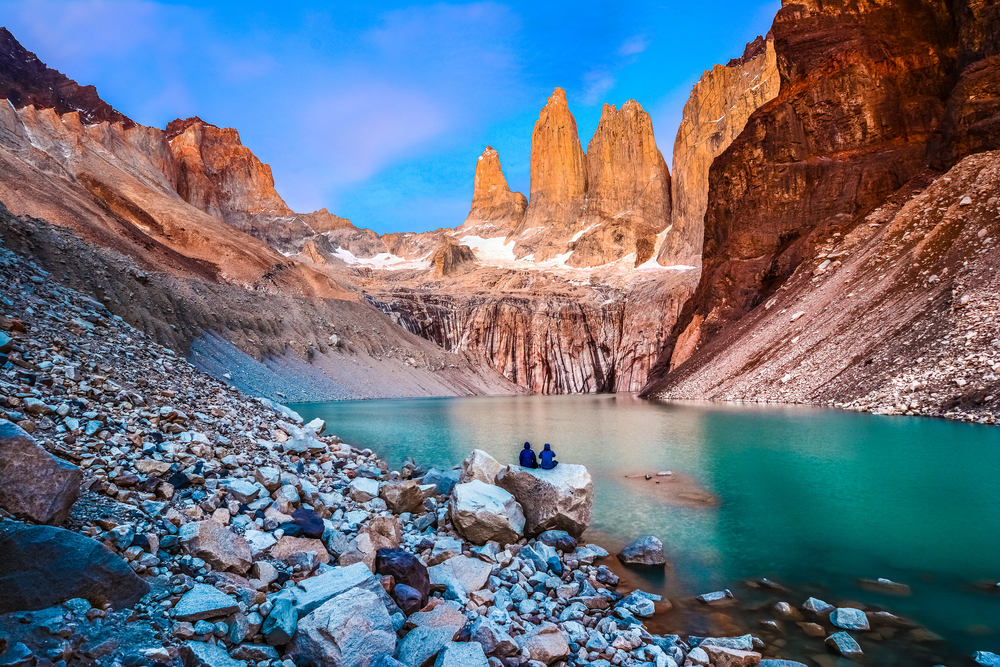Torres del Paine Overview
Torres del Paine National Park, located in Chile’s southern Patagonia region, is a breathtaking expanse of wilderness known for its dramatic mountain peaks, bright blue icebergs, and golden pampas (grasslands) that host a rich array of wildlife. Established in 1959 and designated a UNESCO Biosphere Reserve in 1978, the park covers an area of approximately 2,422 square kilometers (935 square miles), making it one of the largest and most visited parks in Chile.
The park’s most iconic landmarks are the Paine Massif, a striking set of mountain peaks carved by the forces of glacial ice, and the Torres del Paine themselves—three towering granite spires that dominate the landscape. These natural wonders are complemented by the presence of glaciers, lakes, and rivers, including the Grey Glacier, part of the Southern Patagonian Ice Field, one of the largest ice fields outside the polar regions.
Torres del Paine National Park’s diverse ecosystems support a wide variety of plant and animal life. Visitors may encounter guanacos (a wild relative of the llama), Andean condors, flamingos, and with some luck, the elusive puma. The park’s flora includes Magellanic subpolar forests and steppe-like vegetation, offering a colorful display of biodiversity.
The park attracts trekkers from around the globe, offering world-renowned hiking trails that range from day hikes to the challenging multi-day “W” and “O” circuits, which provide stunning views of its majestic landscapes. Beyond trekking, Torres del Paine offers opportunities for kayaking, horseback riding, and photography, making it a premier destination for adventure and nature enthusiasts.
Torres del Paine National Park is not only a showcase of Patagonia’s rugged beauty but also a critical area for conservation efforts aimed at preserving these unique ecosystems. Its dramatic scenery, combined with its ecological significance, makes it a jewel in the crown of Chile’s national parks, offering an unforgettable experience to all who visit.































































































